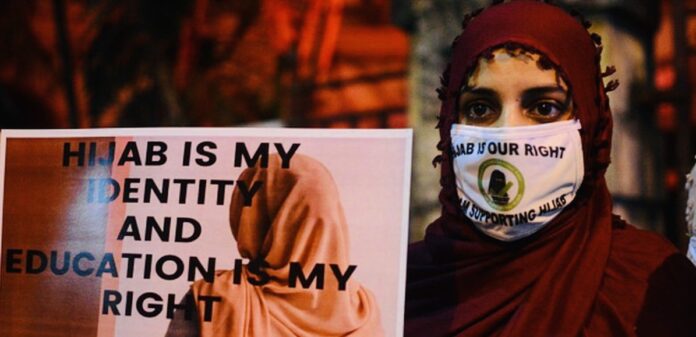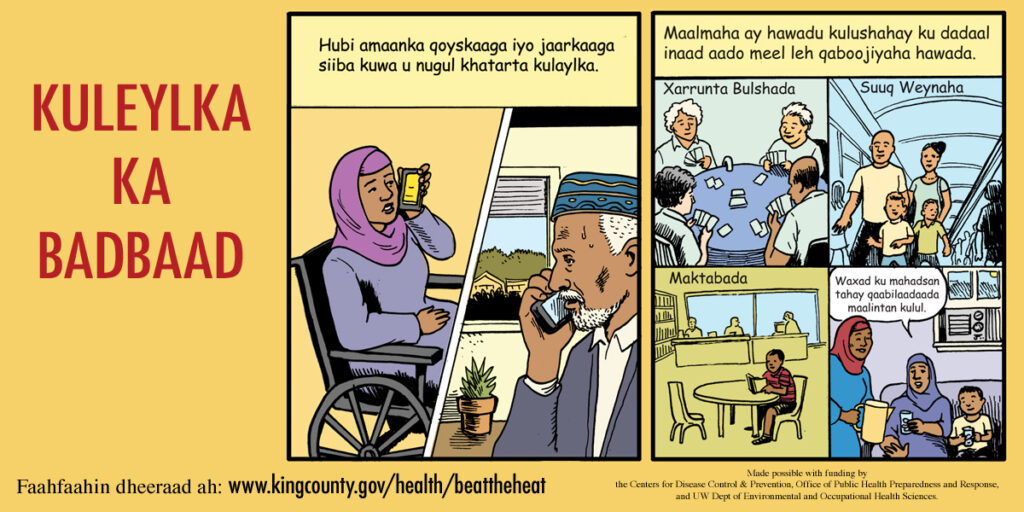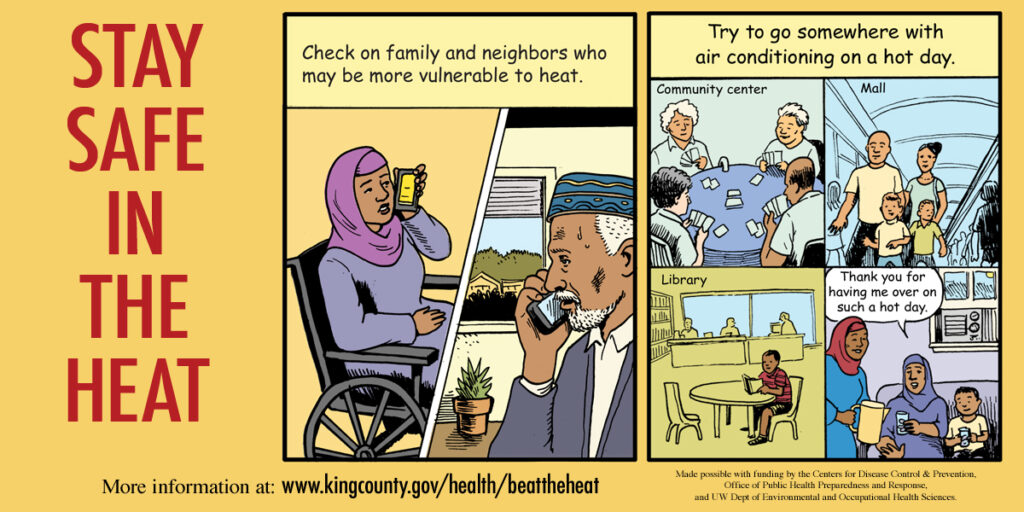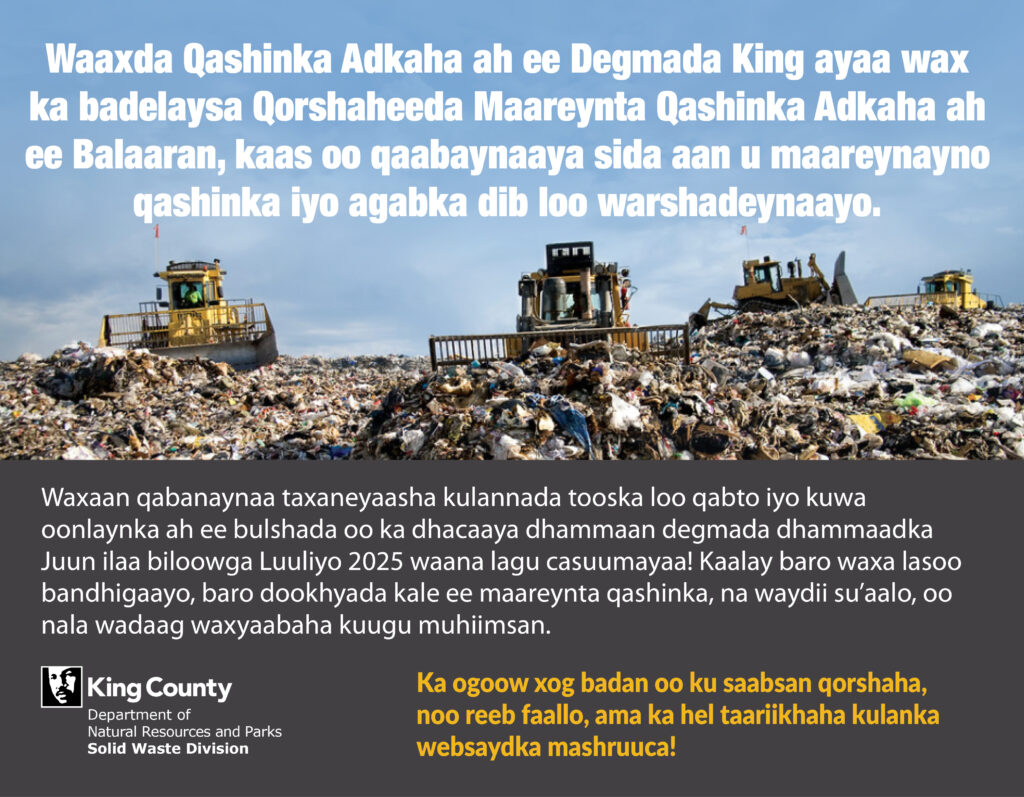
By Madhushini Ramasamy
Iran is considered a developing country, but it is still hidebound regarding women’s rights. Iranian women face discrimination and injustice in their day-to-day daily life taking a toll on their mental and physical health. The following questions arise in me when I see Iranian women’s issues. Why are the restrictions inbounded only to women, why aren’t women given equal rights, freedom, and opportunity as men, why are women considered vulnerable compared to men, why do domestic violence, rape, and sexual exploitation not considered a felony, is not wearing a hijab properly worth the life of young women?
Every woman should have the right to make their own choice. But Iranian women still struggle to have their rights and freedom to make decisions and choices.
The Iranian government enforces restrictions on women in their country for religious and cultural reasons. Mandating the hijab is one such restriction forced on Iranian women and failure to follow the rule results in severe punishment. In September 2018, Iranian morality police arrested a 22-year-old woman for not wearing the hajib properly (2). She was physically assaulted and suffered multiple blows to the head resulting in her death the following day (2). This incident infuriated the Iranian people. Thousands of furious men and women got into the streets and protested the cruelty of the Iranian morality police (2).
Not just religious discrimination Iranian women are also subjected to domestic violence, physical abuse, marital rape, and sexual exploitation (2). The prevalence of domestic violence in Iran is 66% (4). The most shocking information is that domestic violence is not considered a serious crime under Iranian law. The penalty for murder due to domestic violence and honor killing is less severe compared to other criminal acts (2). Approximately 375 to 450 honor killings are committed every year in Iran (2). Sexual exploitation and marital rape are more common and legal in Iran, the rape victims hesitate to speak about the evil act to protect the pride and prestige of their family (2).
The Iranian political laws are structured to favor men and bound to cultural and religious values which create inequality and disparity among Iranian women and don’t have equal political, economic, and cultural opportunities (2). Even if a woman speaks about her criminal act against her, she will be accused, humiliated, and dishonored in society.
Iran is one of the most male-dominated countries in the world. Women are considered inferior to men. The women activist protesting for equal rights and opportunity are physically harassed, assaulted, and detained. Iranian women struggle for their rights and freedom and are punished and killed. Women’s rights are major public health issues, and the Iranian government ignores them.
Not just in Iran, the immoral and injustice act against women happens in most Asian countries. I can speak for my own home country India where women go through the same harassment and suffering as Iranian women.
An incident like Iran but on the opposite side of the spectrum happened in India. In February 2022, in the state of Karnataka India, wearing a hajib to school and colleges were banned by the local government (3). Students who opposed the law were suspended and detained from schools and colleges (3). There was an outraged protest against this unlawful act which resulted in arrests and the banning of students from writing exams (3). Finally, after a series of protests and riots the law was lifted by the local government (3).
The suffering of women does not stop there. Domestic violence is 33 to 40% prevalent among Indian women (1), according to the data over 31 thousand Indian women are getting raped in a year (5). Women in India also go through discrimination and inequality when it comes to their rights and freedom. Indian governments are slowly reforming and improving the Indian law system in favor of women but still, Indian society remains male-dominated. Women keep struggling for equal rights and opportunities.
Women’s right is a major global public health and mental issue. Not just Iran and India, but women in different parts of the world are also fighting and struggling for their rights.
To answer all the questions and to fully stop the immoral and injustice act against women reforms and actions should be taken globally. Global health organizations like the UN and WHO should consider discrimination against women as a serious criminal act and steps must be taken immediately to stop the injustice against women. Reforming political laws and policies that brings equal rights to women, educating the individual about the harmful effect of gender-based violence and promoting gender equality, providing medical and finical support for women who survive gender-based violence, enabling equal access to political, employment, and cultural opportunity for women, voice out against any injustice or gender-biased act irrespective of gender and make the world know Women’s life matters and we do have a choice. In countries where women are worshipped as Gods, it’s sad to know that women are getting killed just for wanting equal rights. Reforms are mandatory to protect women’s physical and mental health globally.
Reference:
1.Wikimedia Foundation. (2023, February 16). Domestic violence in India. Wikipedia. Retrieved March 3, 2023, from https://en.wikipedia.org/wiki/Domestic_violence_in_India
2.Iran’s war on women. UANI. (n.d.). Retrieved March 3, 2023, from https://www.unitedagainstnucleariran.com/irans-war-on-women#:~:text=Domestic%20violence%20is%20not%20a,for%20other%20acts%20of%20mu
3.Wikimedia Foundation. (2022, November 22). 2022 Karnataka hijab row. Wikipedia. Retrieved March 3, 2023, from https://en.wikipedia.org/wiki/2022_Karnataka_hijab_row
4.World Health Organization. (n.d.). Domestic violence against women, Mashhad, Islamic Republic of Iran: A grounded theory study. World Health Organization. Retrieved March 3, 2023, from https://www.emro.who.int/in-press/research/domestic-violence-against-women-mashhad-islamic-republic-of-iran-a-grounded-theory-study.html#:~:text=As%20with%20other%20countries%2C%20the,is%20estimated%20to%20be%2066%25.
5.Kanwal, S. (2022, October 13). India: Number of reported rape cases 2021. Statista. Retrieved March 3, 2023, from https://www.statista.com/statistics/632493/reported-rape-cases-india/
Image: Arya, D. (2022, February 16). Karnataka hijab controversy is polarising its classrooms. BBC News. Retrieved March 13, 2023, from https://www.bbc.com/news/world-asia-india-60384681









